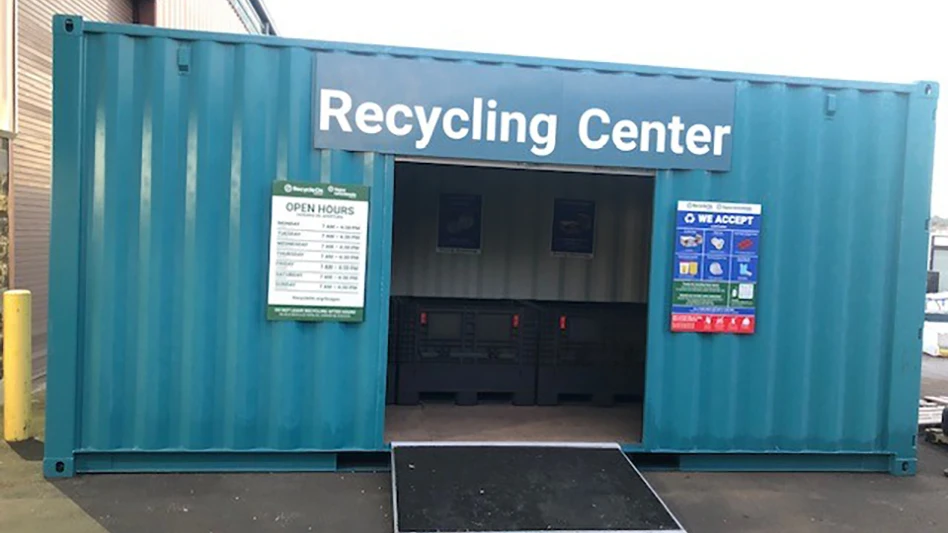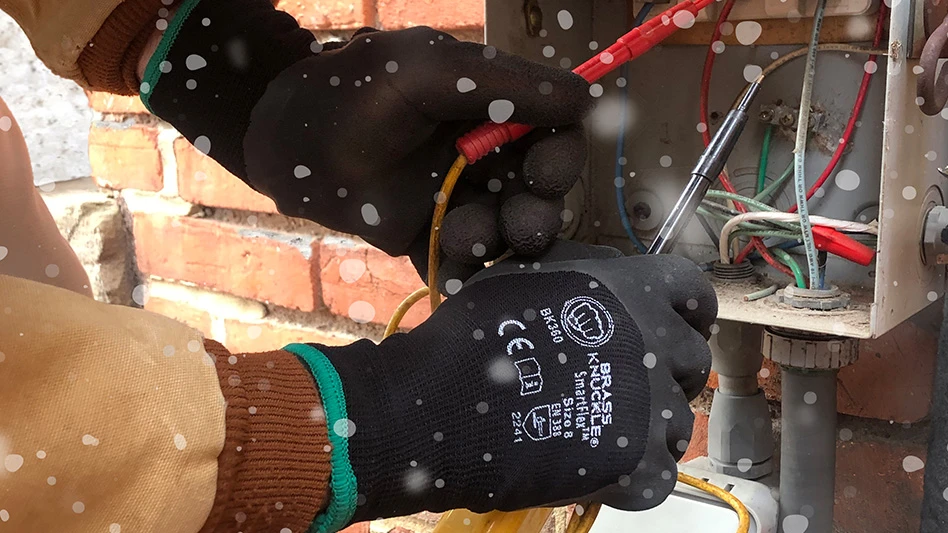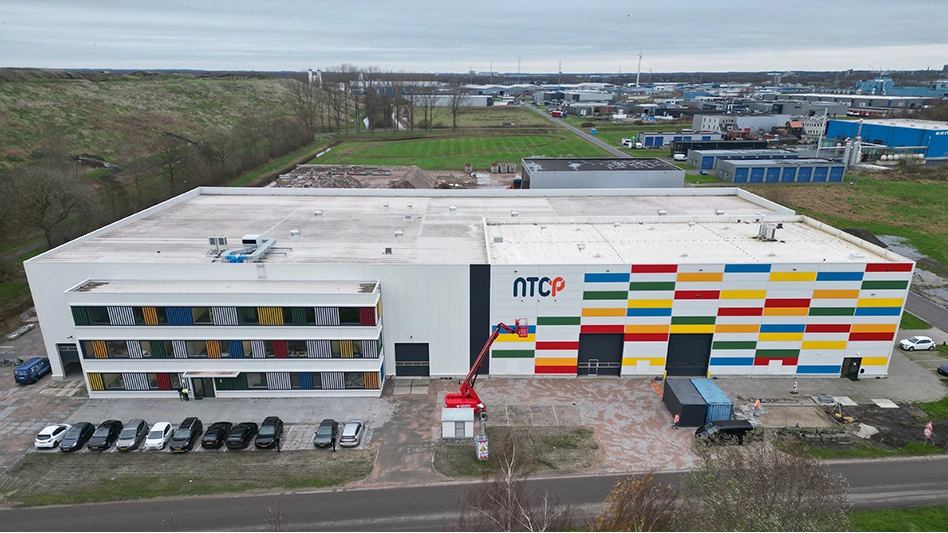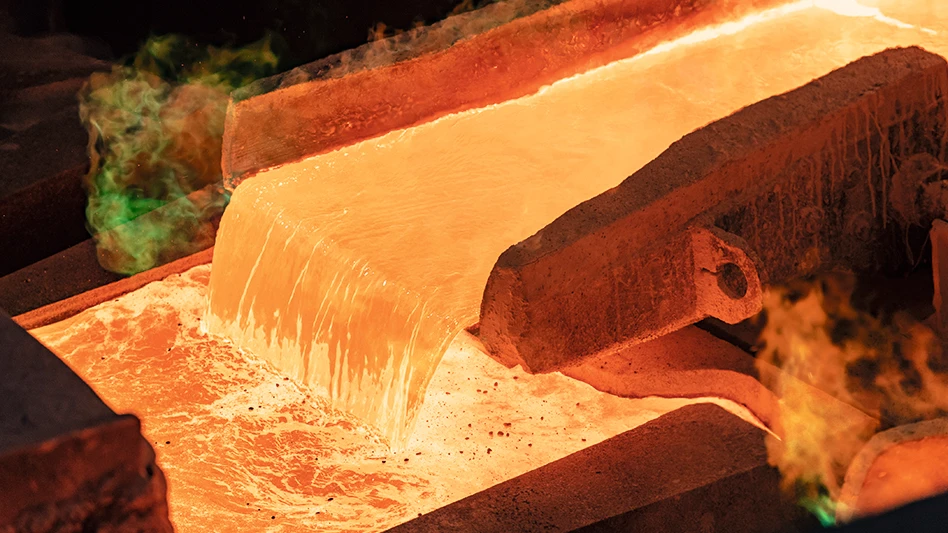
The OdorBoss 60G (OB-60G) by Dust Control Technology (DCT), Peoria, Illinois, uses a specially engineered mist that distributes odor treatment agents over great distances using water vapor as the delivery vehicle, according to the company. A fan generates wind movement, propelling the treatment into the air where it is designed to attach to odor vapor. The result is a reduction in short- and long-range odor emissions, the company says, helping companies remain compliant with environmental regulations and maintain good relations with neighbors.
Inspired by the company’s core line of industrial fan-driven dust suppression products, the OB-60G has been designed to deliver a finer mist that is better suited to optimum odor control.
“It just made sense,” explains DCT President Laura Stiverson. “We already had these industrial-strength, extremely durable designs that are very effective at suppressing dust. And both dust suppression and odor control are based on similar principles of matching the droplet size to its target. The closer the water droplet size is to the size of the targeted vapor droplets, the more likely there will be a collision between the two, which is the basis for dust and odor management with atomized mist.”
Stiverson stresses that most odor suppression techniques can be seen as mainly passive measures. They are typically static methods of controlling odor, she says, such as perimeter misting systems intended to form a barrier to prevent odor-causing vapor from escaping. In contrast, she says, the OB-60 is designed to be more aggressive, active approach, a mobile unit that can cover large areas of odor-causing material. It dispenses highly effective air treatment chemicals, such as the OB line of deodorizers, which are designed to hang suspended in the air for long periods of time as they attract and counteract odor-causing molecules, according to the company. At the same time, the OB-60G can be used as a powerful perimeter barrier.
The key for many operations is the versatility of the OB-60G, which can be quickly repositioned on its trailer to accommodate changing work locations or shifting wind patterns. It also can be set for specific oscillation arcs and aimed precisely at odor-causing substrates, DCT says.
The system is designed to create an engineered fog comprised of millions of tiny chemically enhanced droplets as small as 15 microns in diameter (approximately twice the size of a human red blood cell), which is required to effectively distribute the chemical into the air. Delivered by a special open-ended barrel design containing a fan on one end and the Odor X Atomizer nozzle on the other, the device is mounted on a towable roadworthy trailer that is also fitted with a 500-gallon (1893 L) water tank.
Designed to be moved and adjusted with changing conditions by a standard pickup truck or small skid steer, the low-maintenance unit is designed to run for 16 hours on a single tank under normal operating conditions, DCT says.
The fine fog produced by the atomizing nozzle is propelled by a 25-horsepower fan generating 30,000 cubic feet per minute (152.4 CMS) of air flow, the company says. Using the standard 359-degree built-in electric oscillator it is designed to deliver wide dispersal. Also featuring a vertical adjustment between 0-50 degrees for expanded reach and precision aiming, the company says the entire unit is controlled by a touch screen panel housed in a protective NEMA 3R cabinet.
When using the OB line of deodorizers, DCT recommends starting with a 1000:1 water to chemical ratio and adjusting as necessary, with only 5 gallons (19 L) of concentrated chemical additive needed to cover an eight-hour period.
Latest from Recycling Today
- US Steel to restart Illinois blast furnace
- AISI, Aluminum Association cite USMCA triangular trading concerns
- Nucor names new president
- DOE rare earths funding is open to recyclers
- Design for Recycling Resolution introduced
- PetStar PET recycling plant expands
- Iron Bull addresses scrap handling needs with custom hoppers
- REgroup, CP Group to build advanced MRF in Nova Scotia





